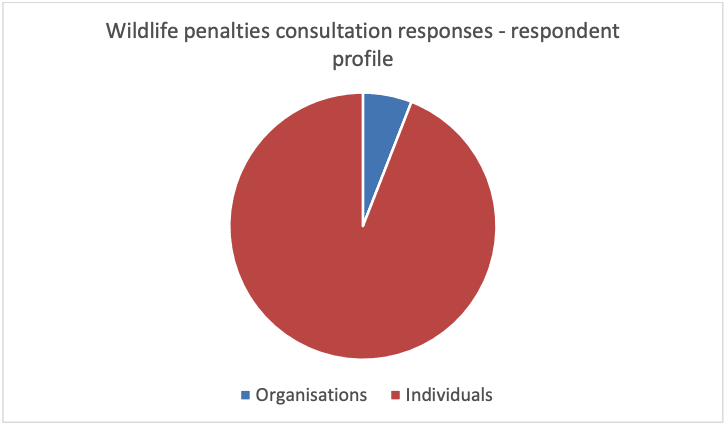
We know that producing a great public consultation report isn’t always easy.
You’ve often got a lot of information to work through, and it’s difficult to standardise the process when individual consultations vary so much. We’ve seen a lot of government consultation reports and we know what works. So we’ve cherry-picked 10 examples of great features from our customers to help you produce a clear, concise consultation report that your stakeholders will want to read.
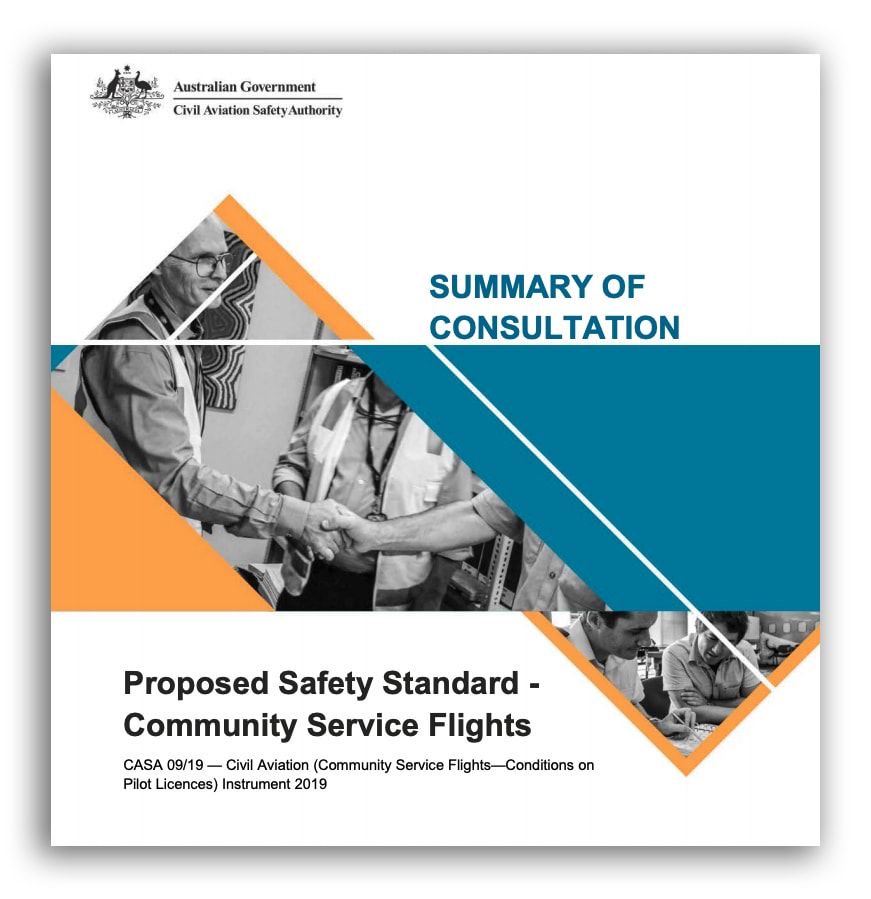
10. Explain how the consultation was promoted
Include the details of your consultation promotion to help to reassure respondents that the whole exercise wasn’t a ‘non-consultation’.
Look at NHS England’s consultation report on mental health services for veterans for an excellent example of this.
They provide the context of why they’re doing the consultation, and how they targeted veterans as consultees. Effective examples included pre-engagement social media activity, meetings, briefings, and events to raise awareness and encourage responses.
9. Provide a clear breakdown of responses
How many people responded to your consultation and how? Breaking down consultation responses by type can give your reader some helpful context.
Bristol City Council gave its consultation report on clean air zones some background detail with a breakdown of responses by type (eg online or at a drop-in session) and as a percentage of the overall total of consultees.

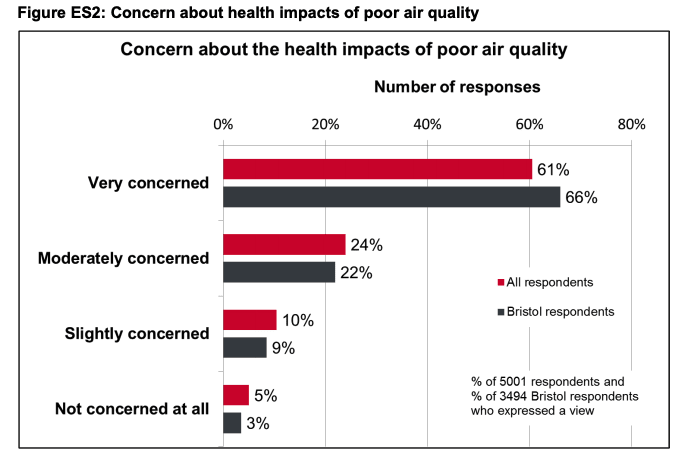
This provides valuable information that can inform future statutory consultations. It allows the regulators to track the most successful method of engagement and see if data samples vary across different response types.
8. Include event details
Including information on associated events in your written report means that respondents who didn’t attend can still see that these events formed part of the consultation process. Local authority, Bristol City Council’s clean air zones consultation report is a good example of this practice, with a section of their report outlining which events they attended and what promotion was done.
7. Quote your respondents
Demonstrate that you’ve really listened by including some of the stand-out responses to consultation questions. The London Borough of Southwark did this beautifully in their consultation on Walworth Library and Southwark Heritage Centre.
Not only did they quote their respondents throughout their report, they used one quote as their number one takeaway message in their consultation overview.

This consulting report example shows the consideration given to public perspectives and provides invaluable insight into the importance of the consultation within the community.
6. Use infographics and maps
Help your respondents to engage with the report topic and make it easy to understand by including infographics and maps.
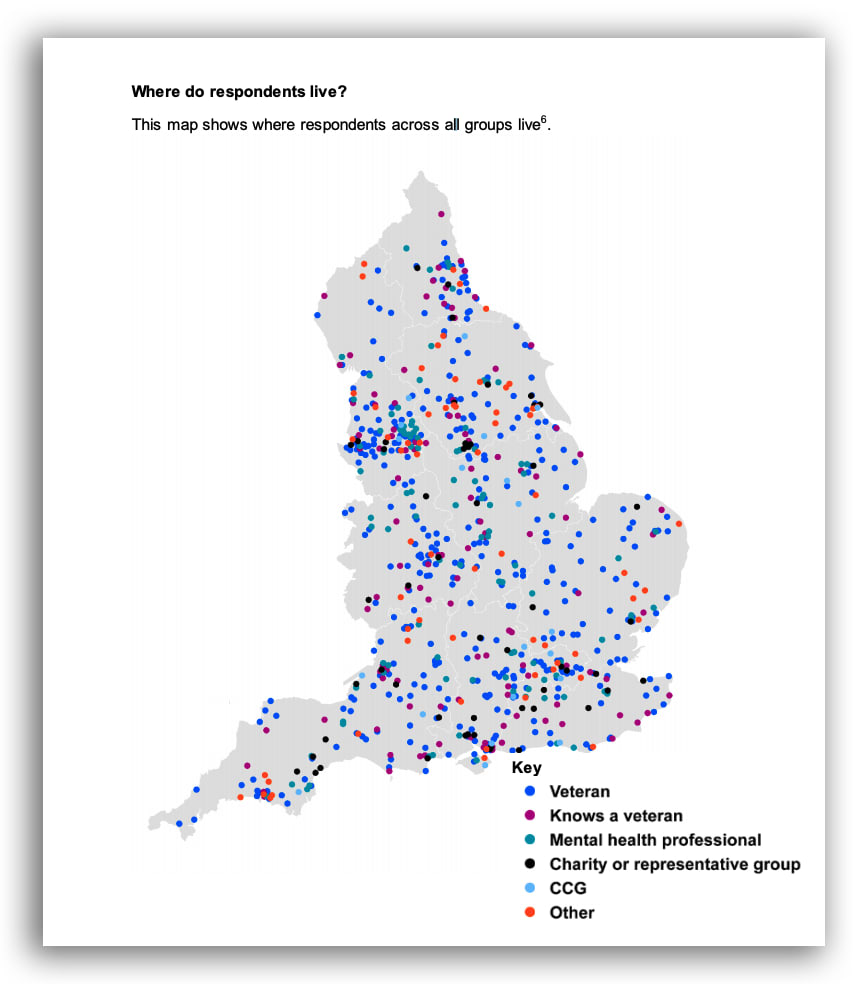
NHS England’s consultation report on mental health services for veterans included a map of response types by location. They used the geospatial data to monitor place-based engagement and analyse any patterns or trends in the consultees.
5. Be as transparent as possible
Letting respondents know who and what fed into a consultation’s overall findings offers reassurance, and helps foster trust in the process. You can provide transparency about the consultation process by including detail on your respondents, as long as they have consented to this.
Sometimes it can be helpful to identify different groups of respondents – for example, organisations vs. private individuals. The Scottish Government included this breakdown in its consultation report on wildlife crime penalties, and listed all of the organisations which had responded.
4. Include the questions asked
When you’re putting together your report, remember to include the questions asked in your original consultation, for transparency and context.
You can go a step further and demonstrate that you’ve taken the time to carefully consider any opposing views by including your responses to specific issues raised by respondents, as well as recommendations.
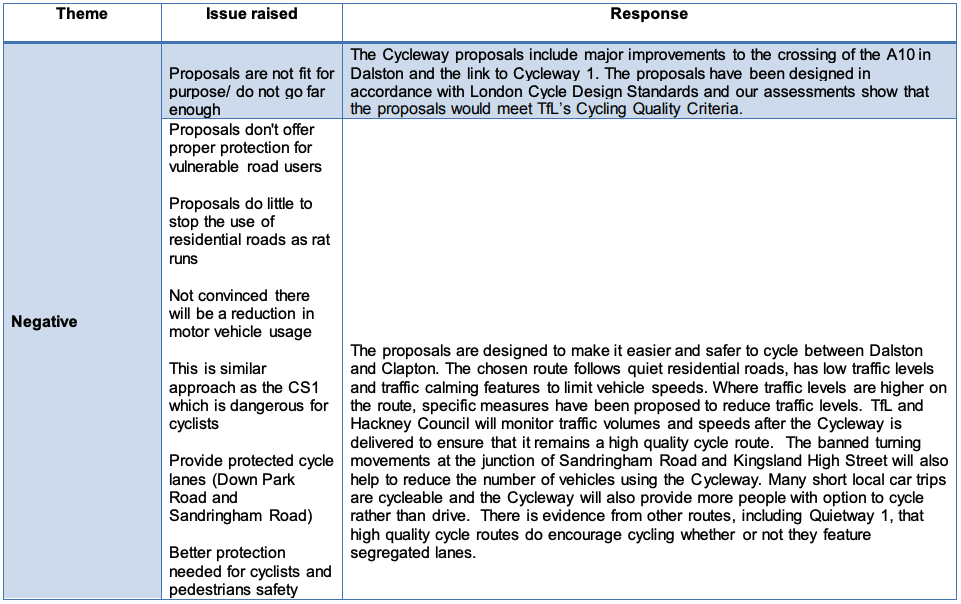
Transport for London did this in its consultation report on cycling and walking improvements between Lea Bridge and Dalston.
3. Create a consultation report template
Speed up the process of report-writing by creating a basic consultation report template which follows your brand guidelines and has standard headings, so you’re not starting from scratch next time.
Having a standardised process to follow keeps your reports and key findings clear.
2. Consider publishing full responses
Some organisations publish responses in full (with consent and redaction where necessary). It’s a great way to be completely transparent about your consultation.
Using a dedicated platform can help with this. The Civil Aviation Safety Authority, for example, performed their statutory consultation through Citizen Space, allowing them to use the built-in response publishing feature to share their results.
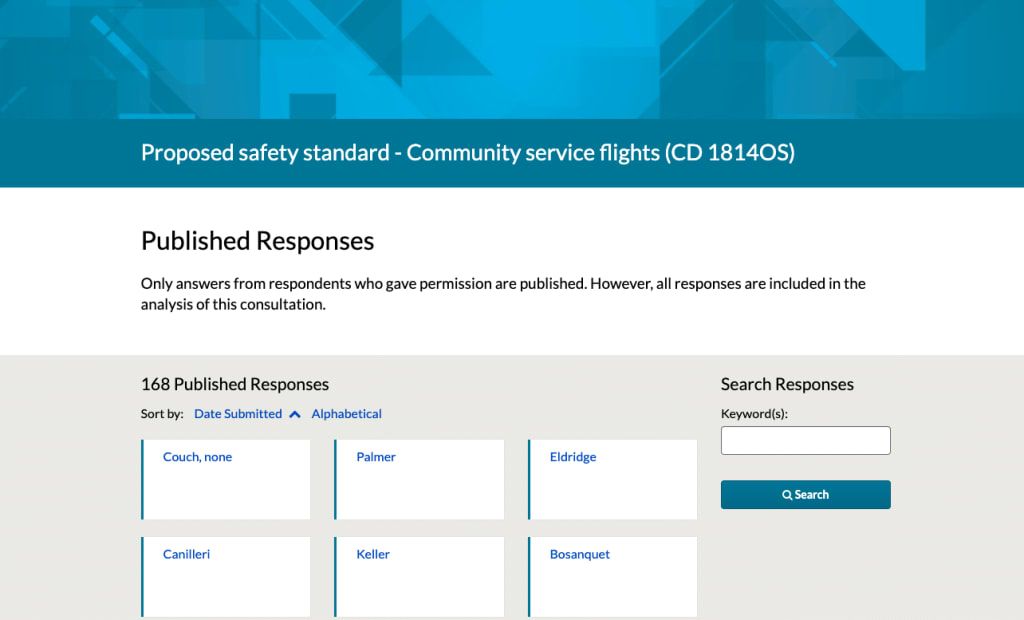
1. Complete the feedback loop
Keep your Citizen Space consultation overview page up-to-date, so that respondents can see your progress. As soon as your feedback report is ready, upload it as an attachment via the Citizen Space ‘publish results’ feature so that participants can access it.
If you know it’s going to be some time before a final report is available, provide an interim update on the consultation overview page.
We hope this helps you produce a report that’s packed with information but also easy to read. Have a look at our Aggregator to see how our customers are feeding back on their consultation activities.
Citizen Space is a citizen engagement platform trusted by government around the world. Government organisations and public bodies use Citizen Space to connect with more citizens, increase engagement and improve processes.
To learn more about what Citizen Space can do for your organisation, book a free demo and we’ll walk you through it.
